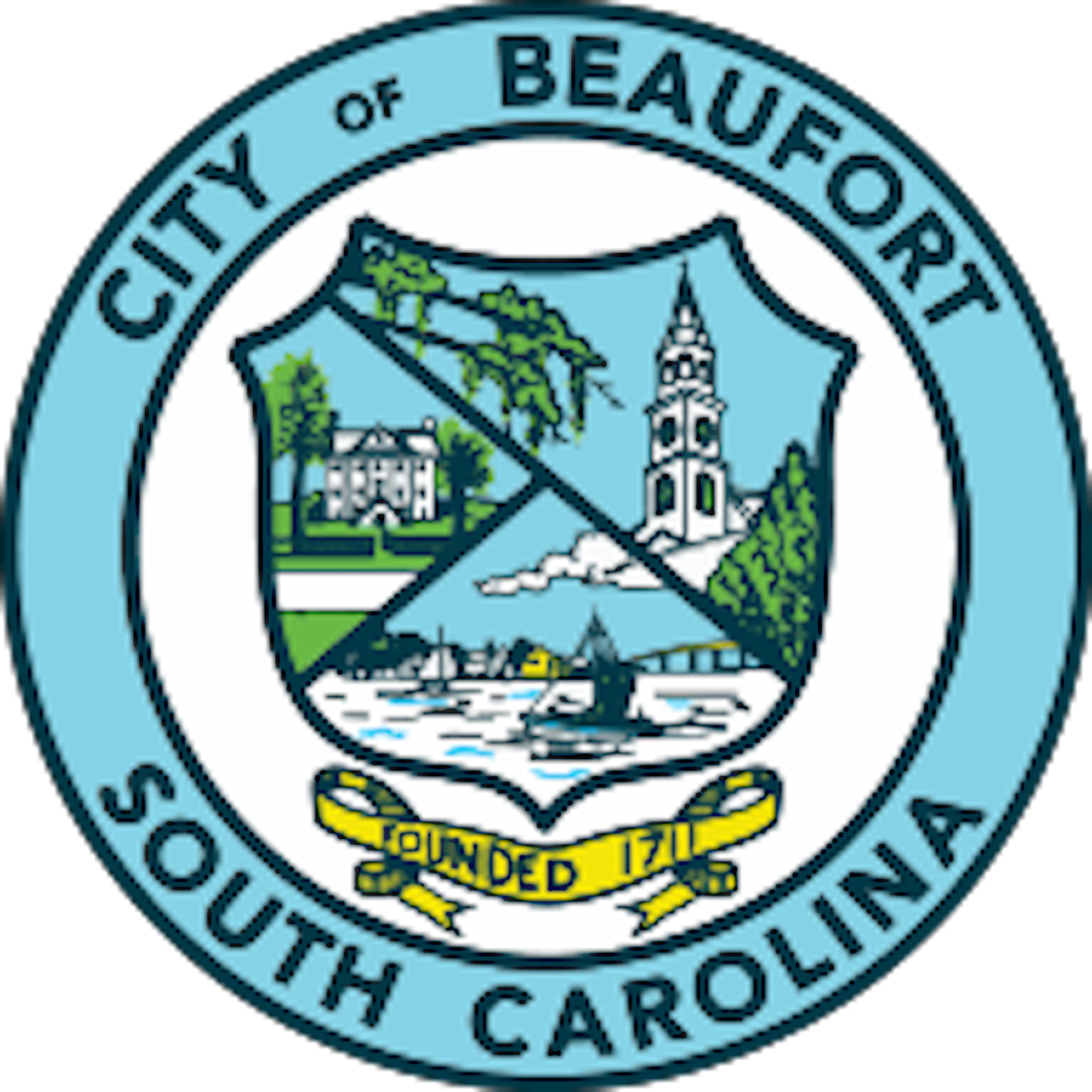By Whitney McDaniel
You may have been hearing a lot lately about the Federal Reserve, better known as the “Fed”, and its chairman, Ben Bernanke. You may also already know that the Fed has an influence on interest rates, which in turn influences the economy. But there is more to the Fed than meets the eye, and the reasons behind the interest rate changes may interest you as an investor.
The Fed was established in 1913 and consists of a seven-member board of governors, including the chairman. All are appointed by the president and approved by the senate. The nation is divided into 12 Federal Reserve districts represented by 12 Federal Reserve banks. Since its establishment, the Fed has become responsible for directing the nation’s monetary policy. The Fed also regulates the nation’s banks and other depository institutions and supervises directly many commercial banks. The Fed also tries to support other financial markets by maintaining stable conditions for financial transactions.
Although the Fed has many responsibilities, most investors only think of the Fed as having control over the interest rates that affect the U.S. financial markets. There are many different interest rates, but the Fed has direct control over only one of those interest rates, the “discount rate.” The discount rate is the interest rate the Fed charges its member banks on money borrowed for certain short-term loans.
The Fed also has influence over the federal funds rate. The fed funds rate is the rate for one bank to borrow from another. Banks keep money deposited with the Fed to meet the Fed’s reserve requirement. During a normal business day, a bank may end up with more or less in its reserve account than the required amount. If it has too little, it may borrow from other banks. If reserves are above the minimum, the bank can loan the excess to a bank that is below minimum. The market for federal funds determines the federal funds rate.
By controlling the discount rate, the Fed can influence the nation’s economic cycles, to some extent. Let’s look at some scenarios:
If the nation’s economy expands rapidly, historically the threat of inflation becomes a worry for consumers. Inflation — the general increase in the price of services and goods — lowers consumers’ purchasing power. The Fed fights inflation by increasing these key interest rates.
By raising the fed funds rate, the Fed decreases the amount of money available to the national banking system. Banks tend to base the rates charged for business and consumer loans on their own cost of funds. So an increase in the discount rate and fed funds rates will usually lead to banks increasing their lending rates. This makes borrowed money more expensive for businesses and consumers. By making borrowed money more expensive, the Fed hopes to slow inflation by slowing down the rate at which money is spent.
When the economy is dragging and needs an extra monetary boost, the Fed “loosens” the nation’s money supply by decreasing the discount and fed funds rates. By lowering these rates, the Fed makes more money available to the nation’s banks. This leads to borrowed money becoming cheaper for consumers and businesses. The extra money helps stimulate consumer spending and promote economic growth.
You may want to pay close attention to the actions of the Federal Reserve, especially if you have interest-sensitive investments. Your financial advisor can assist you in understanding how interest rate changes can affect the performance of your portfolio.
Investments in securities and insurance products are: NOT FDIC-INSURED/NOT BANK-GUARANTEED/MAY LOSE VALUE
Wells Fargo Advisors, LLC, Member SIPC, is a registered broker-dealer and a separate non-bank affiliate of Wells Fargo & Company.





